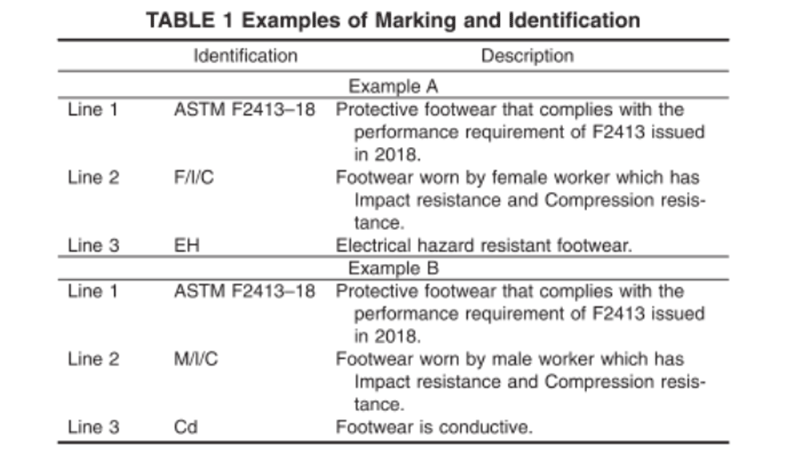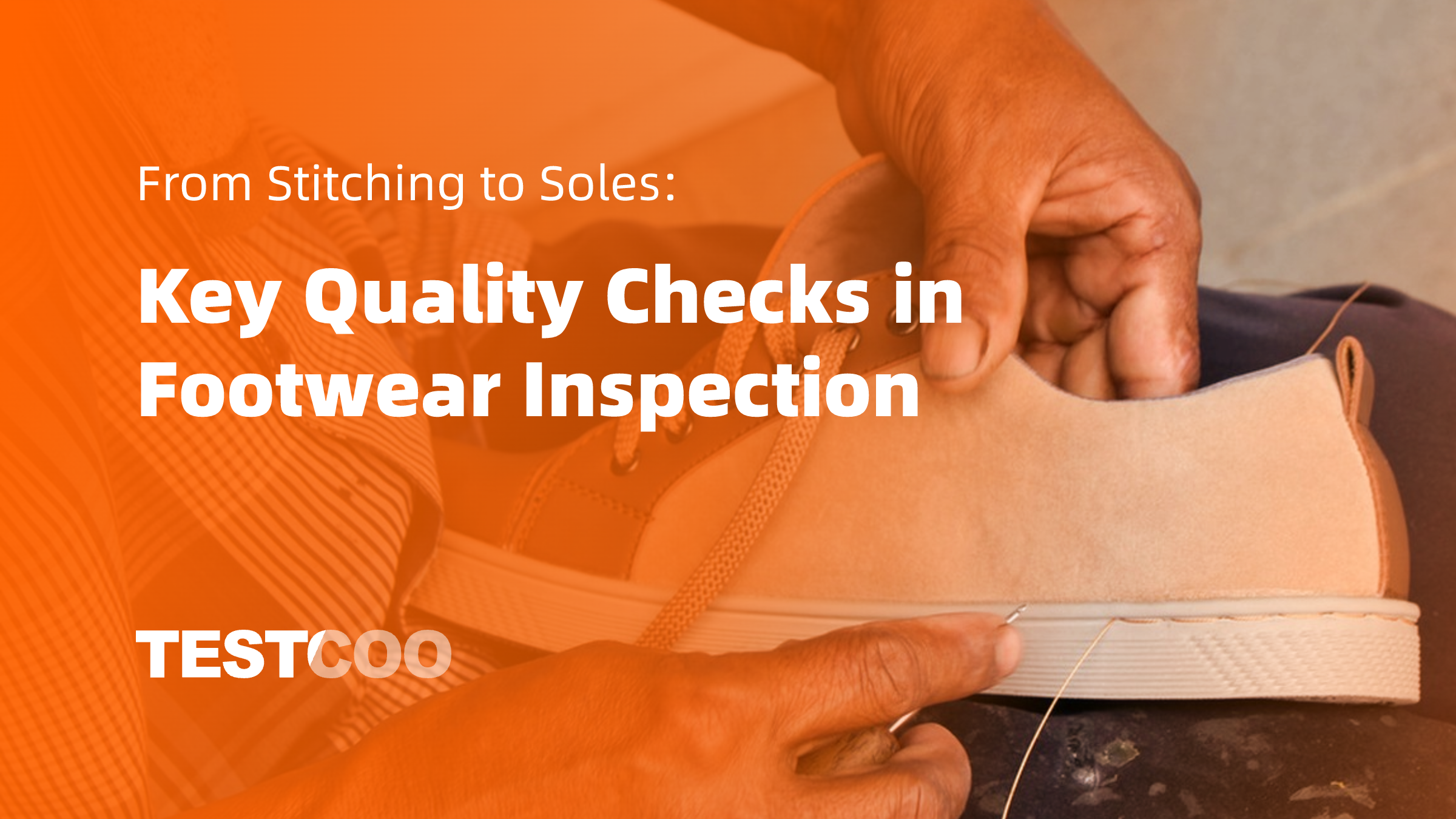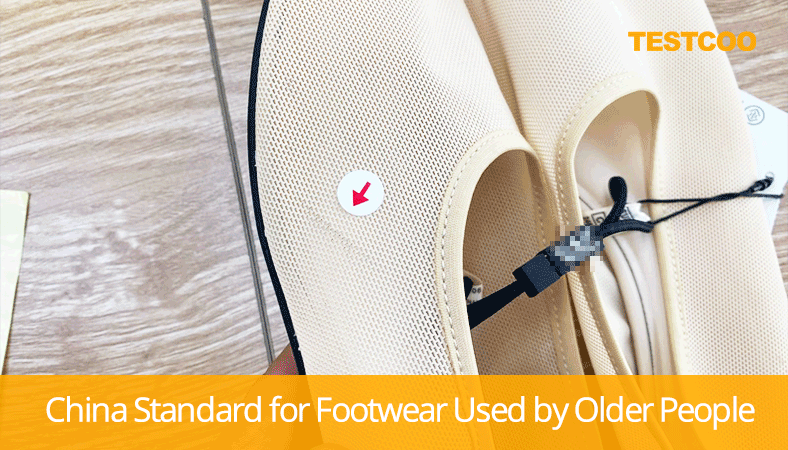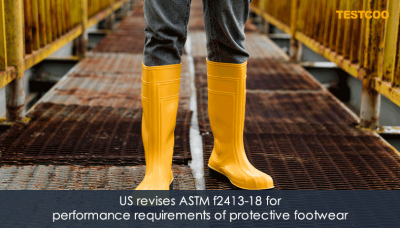What Is ASTM-F2413-18? Protective Footwear Standard

According to the Bureau of Labor Statistics, each year there are more than 53,000 foot injuries in U.S. workplaces that cause employees to miss work. Some result in permanent disability. Protective footwear – along with job design and/or workplace design – is an important means of preventing occupational foot injuries.
ASTM F2413-18-protective footwear standard is an American standard that provides minimum standards for the performance of footwear to provide protection against numerous workplace dangers that may result in injury.
What is ASTM F2413-18?
Made up of well-qualified volunteers, ASTM International performs lab tests on safety footwear to determine what level of protection is considered safe (or unsafe) on the job. It's ASTM's labels that end up on the tongues of your boots, and ASTM's safety tests that decide which boots qualify for those labels.
There are two ASTM International documents that govern safety footwear: ASTM F2413 and ASTM F2412.
The ASTM F2413-18 covers the minimum design, performance, testing and classification requirements, and prescribes fit, function and performance criteria for footwear designed to be worn to provide protection against a variety of workplace hazards that can potentially result in injury. It does not serve as a detailed manufacturing or purchasing specification, but it can provide a reference for purchasers that foot protection meets minimum performance requirements are met.
Footwear conforming to this specification shall meet the performance requirements for the following:
- Impact resistance for the toe area of footwear; compression resistance for the toe area of footwear;
- Metatarsal protection that reduces the chance of injury to the metatarsal bones at the top of the foot;
- Conductive properties which reduce hazards that may result from static electricity buildup, and reduce the possibility of ignition of explosives and volatile chemicals;
- Electric shock resistance; static dissipative (SD) properties to reduce hazards due to excessively low footwear resistance that may exist where SD footwear is required;
- Puncture resistance of footwear bottoms;
- Chain saw cut resistance;
- Dielectric insulation.
Performance Requirements for Foot Protection
1. Impact (l) and Compression (C) Resistant
Footwear shall meet the requirements of impact resistance and compression resistance. Any specimen that does not meet the minimum impact or compression performance resistance requirement constitutes a non-compliance for the product category.
Footwear shall be constructed and manufactured so that a protective toe cap is an integral and permanent part of the footwear. The toecaps shall be free from corrosion, sharp edges, burrs and defects that may affect safety performance. Each protective toe cap shall bear the manufacturer's name or trademark or logo. Cap number or identification, and toe capsize and R (right) or L (left) shall be permanently stamped or marked in a conspicuous location. Protective metallic toe caps shall have an open bottom. If a flange is present on a metallic toe cap, the width of the flange, when measured from the inside edge, shall be no greater than 10 mm (0.394 in.).
2. Metatarsal Protective (Mt)
Metatarsal (Mt) footwear reduces the chance of injury to the metatarsal bones on the top of the foot. The protection must be an integral and permanent part of the footwear and is measured after exposure to a 75 pound force. The required height clearance for men’s footwear is one inch and for women’s footwear it is 0.937 inches after exposure.
3. Conductive Protective (Cd)
Conductive (Cd) footwear is intended to provide protection for the wearer against hazards that may result from static electricity buildup and to help reduce the possibility of ignition of explosives or volatile chemicals.
Conductive protective Footwear shall be constructed and manufactured to provide protection through conductance with a maximum 500 000 resistance for the wearer against hazards that may result from static electricity buildup and to reduce the possibility of ignition of explosives such as munitions manufacturer.
Footwear shall dissipate static electricity from the body to reduce the possibility of ignition of volatile compounds.
Footwear shall be of a construction that facilitates as table electrically conductive path. All external components shall be made of non-metallic materials.
4. Electric Hazard Resistant (EH)
Electrical hazard (EH) footwear is manufactured with non-conductive, electrical-shock-resistant soles and heels.
Electric hazard footwear shall be constructed and manufactured so that the footwear outsole provides a supplemental form of protection to the wearer from hazardous step potential(the difference in electrical potential between the feet)while standing on the ground.
The outsole is intended to provide a secondary source of electric-shock-resistance protection to the wearer against the hazards from an incidental contact with live electrical circuits or electrically energized conductors, parts or apparatus. It must be capable of withstanding the application of 18,000 volts at 60 hertz for one minute with no current flow or leakage current in excess of one milliampere under dry conditions.
5. Static Dissipative (SD)
Static dissipative (SD) footwear is constructed and manufactured to provide protection through conduction and resistance to the wearer against hazards which may exist due to excessively low footwear resistance in a work environment, as well as maintain a sufficiently high level of resistance to reduce the possibility of electrical shock in work areas where SD footwear is worn such as electrical assembly.
Three different levels of electrical resistance are designated: SD 100, SD 35, and SD 10, based upon the following parameters:
SD 100 — a lower limit of electrical resistance of 106ohms (1 megohm) and an upper limit of electrical resistance of 108ohms (100 megohms).
SD 35 — a lower limit of 106ohms and an upper limit of 3.5 x 107ohms (35 megohms).
SD 10 — a lower limit of electrical resistance of 106ohms and an upper limit of 1.0 x 107ohms (10 megohms).
6. Puncture Resistant (PR)
Puncture-resistant (PR) footwear is constructed, and manufactured so that a puncture resistant device is positioned between the foot and outsole or used as the insole and is made an integral and permanent part of the footwear during the manufacturing process.
Each puncture resistant protective device shall bear the manufacturer's name or trademark or logo, and device number or identification and be permanently stamped or marked in a conspicuous location.
The puncture resistant components shall reduce the possibility of injury caused by sharp objects that can penetrate the bottom assembly of the footwear. Testing orientation of the puncture resistant device is per manufacturer recommendation.
The puncture resistant device shall cover the maxi-mum area of the foot bottom that is allowed by the construction of the footwear.
A positive test result is achieved if the footwear’s bottom can be subjected to a 270 pound force without visual signs of penetration. The device must also show no sign of corrosion after being exposed to a five percent salt solution for 24 hours.
Measure flex resistance to cracking using CAN/CSAZ195. Puncture resistant devices shall show no signs of de-lamination of layers or cracking after 1.5 million flexes.
ASTM Labels: Protective Footwear Buyer's Guide
All footwear built to ASTM specifications must be labeled with appropriate safety feature marks on the inside or outside surface of the tongue, gusset, shaft or quarter lining in a 4-line format located inside a rectangle box.
This is basically your cheat sheet for the main features of the boot. You've probably seen it when you're looking for the size of the shoe but maybe didn't know what all the marks or symbols meant. Below is what a sample tongue label in a safety toe boot might look like.
Depending on the brand or manufacturer, it can vary with elements in different locations but all safety toe footwear will have the rectangle. Labels for non-safety toe boots will have an oval.
The following is an example of an ASTM F2413-18 marking that may be found on protective footwear:


ASTM F2413-18
???????M/I/C
Mt EH
Line #1: ASTM F2413-18
Line 1-Identifies that the footwear is protective footwear that complies to an ASTM standard with a specific year of issuance.
Line #2: M/I/C
Line 2 of label shall identify the appropriate gender and the impact and compression rating of the category
I-Identifies protection against impact Resistant Footwear.
C-Identifies protection against Compression Resistant Footwear.
Lines 3: Mt EH
Lines 3 is used to identify footwear made to offer protection from other specific types of hazards referenced in the standard. They are used to designate metatarsal protection (Mt), conductive (Cd) properties, electrical hazard resistance properties (EH), footwear designed to reduce the accumulation of excess static electricity (SD) and puncture resistance (PR).
Reporting of Results and Certificate of Conformance (COC)
?
1. With each new year date revision of SpecificationF2413, shoe manufactures/providers are required to re-certify existing styles within one year of the issuing date.
2. With the issuance of a new year date standard, certification of new product to any prior year date standard is not allowed.
3. A test report shall be issued by a third Party laboratory for the safety hazard(s) applicable to the footwear and puncture resistant devices tested. The test report shall include but not be limited to:
- Third Party laboratory name, contact information and authorization signature(s).
- Reference to ASTM Test Methods F2412 and to ASTM Specification F2413.
- Full description of the sample footwear or puncture resistant devices tested, or both, including any manufacturer's reference (Product Category, style, model, SKU etc.), size and gender.
- Performance requirements and safety hazard(s) tested.
- For each safety hazard(s) tested, report the results for each individual specimen as well as the average of the specimens, and state if the footwear or puncture resistant device, or both, has passed or failed.7.3.1.6 The atmosphere (temperature and humidity) under which the footwear or puncture resistant devices, or both, were conditioned and tested.
4. Any modification of the test methods.
- A Certificate of Conformance (COC) shall be issued by a 3rd Party laboratory for the safety hazard(s) applicable to the footwear or puncture resistant devices, or both, tested.
- The Certificate of Conformance (COC) shall include but not be limited to: Third party laboratory name, contact information and authorization signature(s). Name of company the Certificate of Compliance (COC) is issued to.
- All manufacturer's references (product category style, model, SKU, etc.).
- Certification issue date.
- Report number and issue date associated with this Certificate of Compliance (COC).
- Statement that the manufacturer's reference (product category style, model, SKU,etc) meets the performance requirements of ASTM Specification F2413-18 as tested in accordance with ASTM Test Methods F2412-18 and list the safety hazard(s) tested.
Read More: US revises ASTM f2413-18 for performance requirements of protective footwear
Conclusion: What Is ASTM-f2413-18?
Every year, thousands of work place injuries occur that could have been prevented with the right gear. Safety work boots are tested according to ASTM 2413-18 standards for impact and compression safety-toe resistance, metatarsal protection, conductivity resistance, electrical shock resistance, static dissipative properties, and puncture resistance.
TESTCOO Inspection is a leading third-party quality control and quality assirance agency. Contact us today to learn more about our footwear testing services.
Free Sample Report Performance Quality Control
Download a sample report to keep control of your supply chain!
Featured Articles
 AQL Table | How to Read It
AQL Table | How to Read It TOP 10 Common Defects in Garments Quality Inspection
TOP 10 Common Defects in Garments Quality Inspection Product Packaging and Shipment Label requirements for Amazon FBA
Product Packaging and Shipment Label requirements for Amazon FBA What Is ASTM-F2413-18? Protective Footwear Standard
What Is ASTM-F2413-18? Protective Footwear Standard How to Conduct Third-Party Quality Control Inspections for Electric Scooters
How to Conduct Third-Party Quality Control Inspections for Electric Scooters SMETA Audit-What is SMETA Audit?
SMETA Audit-What is SMETA Audit? TESTCOO Supplier Verification/Certification Service SLCP, Higg FEM, GRS, GOTS
TESTCOO Supplier Verification/Certification Service SLCP, Higg FEM, GRS, GOTS Quality Control Inspection Company in China
Quality Control Inspection Company in China What is Quality Inspection? A Complete Guide
What is Quality Inspection? A Complete Guide Guidelines for Product Inspection in India
Guidelines for Product Inspection in India
Category
- Production Inspection Service
- Factory Audit
- Softline Inspection
- Hardline Inspection
- Electrics Inspection
- Certification
- Checklist
- Manufacturers
- Quality Assurance Basics
- Products Recall
- AQL
- Guidence and Standard
- News
- Supplier Management
- Amazon
- Protective Equipment
- e-commerce quality control
- Indian Manufacturing
- Soft Goods Quality Control
- Supply Chain Management
- Supply Chain Resilience
- E-Commerce Quality Control
- ISO 2859
- Supply Chain Optimization
- Garment Industry
- Higg Index



